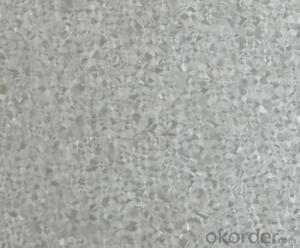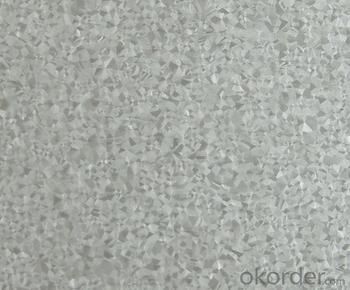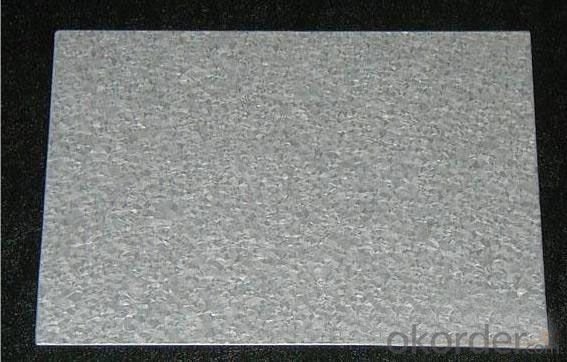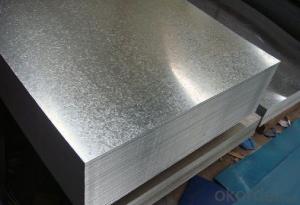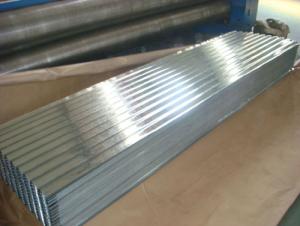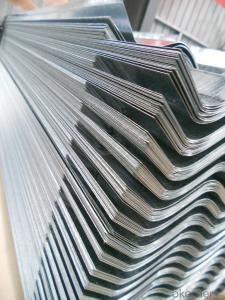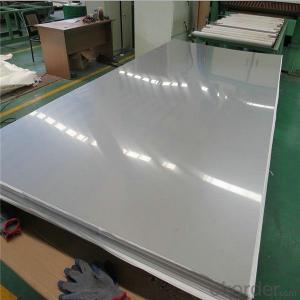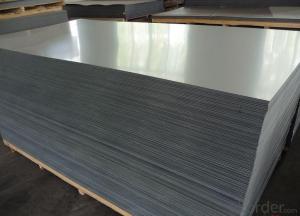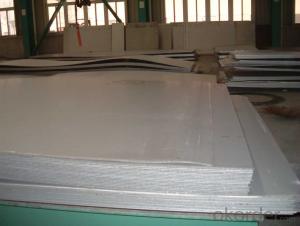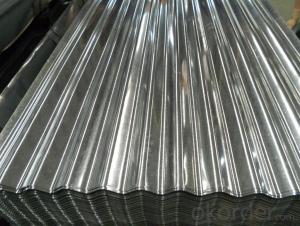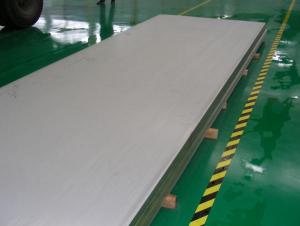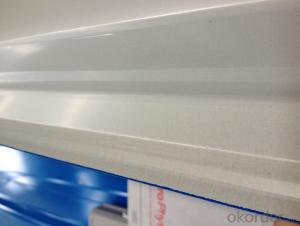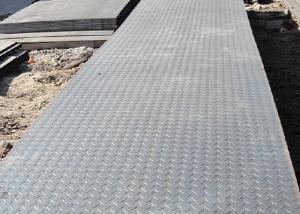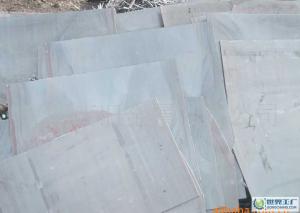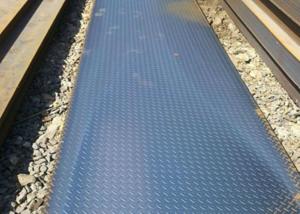GL steel sheet
- Loading Port:
- China Main Port
- Payment Terms:
- TT OR LC
- Min Order Qty:
- -
- Supply Capability:
- -
OKorder Service Pledge
Quality Product, Order Online Tracking, Timely Delivery
OKorder Financial Service
Credit Rating, Credit Services, Credit Purchasing
You Might Also Like
Specifications
GL Steel Sheet
thickness:0.135-1.5mm
width:600-1250mm
material:Q195, Q235, Q345B, SGCC, DX51D
ISO
- Q: Can steel sheets be used for manufacturing shipping pallets?
- Certainly, the utilization of steel sheets is applicable in the production of shipping pallets. Steel, a material known for its strength and durability, is capable of enduring heavy loads, rendering it suitable for pallet construction. To establish a robust and dependable pallet structure, steel sheets can be united through welding or bolting. Furthermore, steel pallets possess the added advantage of being resistant to moisture, pests, and fire, which holds significance in certain industries or applications. Nevertheless, it is important to acknowledge that steel pallets generally incur higher costs compared to alternative materials like wood or plastic. Therefore, the decision to employ steel sheets for manufacturing shipping pallets would rely on specific requirements, budgetary constraints, and intended utilization.
- Q: Can steel sheets be welded or joined together?
- Yes, steel sheets can be welded or joined together. Welding is a common method used to join steel sheets together. It involves melting the edges of the sheets and then allowing them to cool and solidify, creating a strong bond between the two sheets. Welding is an effective way to join steel sheets as it provides a durable and permanent connection that can withstand high levels of stress and load. Additionally, other methods such as riveting, bolting, and adhesive bonding can also be used to join steel sheets together depending on the specific application and requirements.
- Q: Are the steel sheets suitable for solar panel mounting?
- Yes, steel sheets are suitable for solar panel mounting. Steel is a strong and durable material that can provide a stable and secure base for solar panels. It has the necessary strength to support the weight of the panels and withstand various weather conditions. Additionally, steel sheets can be easily fabricated and customized to fit the specific requirements of the solar panel installation. Overall, using steel sheets for solar panel mounting can ensure a reliable and long-lasting foundation for the panels.
- Q: What is the tensile strength of the steel sheets?
- The tensile strength of steel sheets varies based on the specific grade and thickness of the steel. In general, steel sheets have a tensile strength that falls between 370 and 1,500 megapascals (MPa). However, it is important to note that different types of steel sheets possess different tensile strength values. For instance, low carbon steel sheets typically exhibit a tensile strength ranging from 370 to 550 MPa, while high-strength low alloy (HSLA) steel sheets can possess tensile strengths that span from 450 to 1,200 MPa. Furthermore, the thickness of the steel sheets also impacts their tensile strength, with thicker sheets generally displaying higher tensile strength values. Therefore, it is critical to refer to the specifications provided by the manufacturer or supplier of the steel sheets to ascertain the precise tensile strength for a particular grade and thickness.
- Q: How are steel sheets protected during storage and handling?
- Steel sheets are typically protected during storage and handling through various measures such as applying a protective coating, using separators to prevent direct contact, and storing them in a controlled environment to avoid moisture and corrosion.
- Q: How thick are steel sheets available?
- Steel sheets are available in a wide range of thicknesses, depending on the specific requirements of the application. Common thicknesses of steel sheets range from 0.5mm (or 0.020 inches) to several inches thick. The thickness of steel sheets is typically measured in gauge, with lower gauge numbers representing thicker sheets. However, it is important to note that the availability of steel sheets in specific thicknesses may vary depending on the supplier and the type of steel being used.
- Q: Can steel sheets be used for electrical conductors or grounding?
- Yes, steel sheets can be used for electrical conductors or grounding, but they have higher resistance compared to copper or aluminum, which are more commonly used for these purposes.
- Q: Can steel sheets be customized in terms of size and thickness?
- Yes, steel sheets can be customized in terms of size and thickness according to the specific requirements and needs of the customer or project.
- Q: Can steel sheets be used for flooring or decking?
- Yes, steel sheets can be used for flooring or decking in certain applications. Steel sheets provide durability, strength, and resistance to fire, moisture, and pests, making them suitable for industrial or commercial settings. However, they may require additional insulation or coatings to minimize noise and improve slip resistance.
- Q: Can steel sheets be used for fire-rated doors?
- Yes, steel sheets can be used for fire-rated doors. In fact, steel is one of the most commonly used materials for fire-rated doors due to its high strength, durability, and fire-resistance properties. Steel sheets used in fire-rated doors are typically constructed with multiple layers of fire-resistant material, such as gypsum or mineral core, sandwiched between the steel sheets. This construction helps to prevent the spread of fire and smoke, providing a reliable barrier in the event of a fire. Additionally, steel is known for its structural integrity, making it a suitable choice for fire-rated doors that need to withstand high temperatures and pressure.
Send your message to us
GL steel sheet
- Loading Port:
- China Main Port
- Payment Terms:
- TT OR LC
- Min Order Qty:
- -
- Supply Capability:
- -
OKorder Service Pledge
Quality Product, Order Online Tracking, Timely Delivery
OKorder Financial Service
Credit Rating, Credit Services, Credit Purchasing
Similar products
Hot products
Hot Searches
Related keywords
